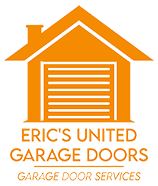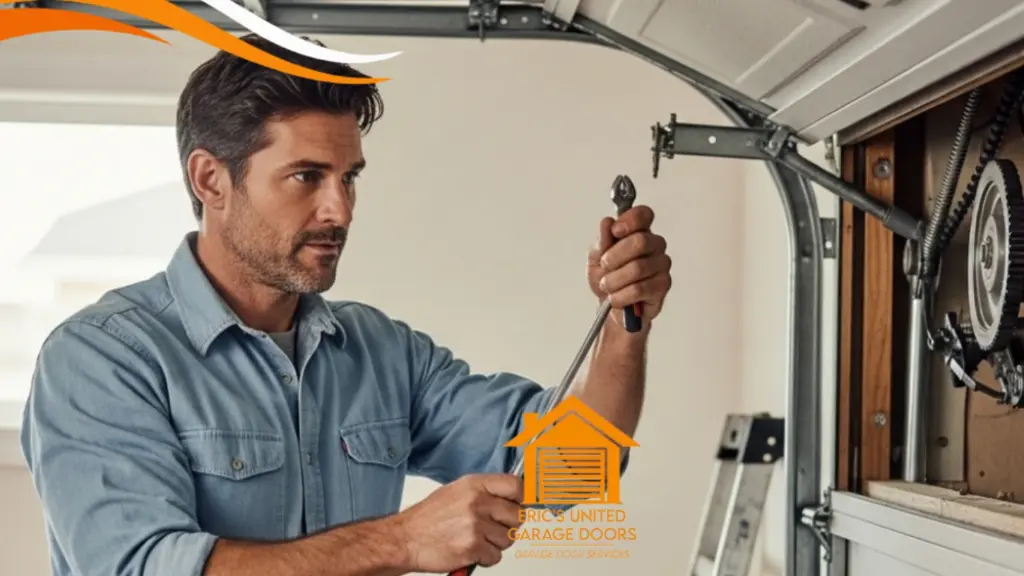Modern garage doors offer more than just convenience—they’re equipped with technology that connects openers, remotes, and safety systems seamlessly. Remote programming is a vital part of this setup, ensuring homeowners and business users enjoy smooth, secure access. But when remote connectivity fails or settings don’t sync correctly, the issue may go beyond surface-level errors. Today’s garage door service providers rely on diagnostic readings to identify hidden problems and improve the reliability of remote functions.
Pinpointing Signal and Frequency Conflicts
One of the most common reasons a garage door remote fails to work properly is signal interference. Nearby wireless devices, outdated transmitters, or conflicting frequencies can prevent the remote from communicating with the opener. Advanced diagnostic tools measure signal strength, frequency response, and interference levels. When someone searches for “garage door service near me,” they’re often unaware that tools like RF analyzers and logic boards are used to fine-tune the interaction between the opener and the remote, reducing errors and missed signals.
Improving Pairing and Compatibility Accuracy
Remote programming often involves syncing a remote with the opener’s memory or logic board. If the opener has outdated firmware or if the remote is not fully compatible, programming attempts may fail repeatedly. In areas like Fort Lauderdale, where residents rely on modern smart home systems, compatibility issues between brands or older equipment can complicate the process. Diagnostic readings help technicians verify proper encoding protocols and memory slot availability, resulting in faster and more successful pairings.
Enhancing Safety and Access Control Systems
Garage remotes are often tied into broader home access systems, including keypads, vehicle integrations, and smart apps. If a remote fails to deactivate the lock or triggers partial operation, it may be a signal processing issue. Garage door service teams use diagnostics to check how the remote input is received, processed, and executed by the system. This level of detail ensures that remotes don’t just work—they work safely, especially in multi-user households or gated properties with layered security controls.
Preventing Future Connectivity Disruptions
One of the biggest advantages of using diagnostic data during garage door service calls is the ability to anticipate future issues. Trends in weak signal reception, repeated reprogramming, or unusual error logs can all point to deeper hardware or environmental causes. For homeowners in Fort Lauderdale and beyond, addressing these early signs ensures the remote won’t fail at a critical moment. Updated recommendations on positioning, shielding, or remote replacement are based on real-time performance metrics—not guesswork.
With diagnostic insights now part of remote programming procedures, garage door service has become more efficient and reliable. Users benefit from smoother daily operation, better system integration, and fewer unexpected malfunctions. As garage technology evolves, the tools used to maintain it must evolve too—providing precision and peace of mind with every programmed click.
Read more:
How Diagnostic Analytics Improve Garage Door Service Keypad Security
Diagnosing Keypad Faults: A Garage Door Service Approach with Precision Tools

